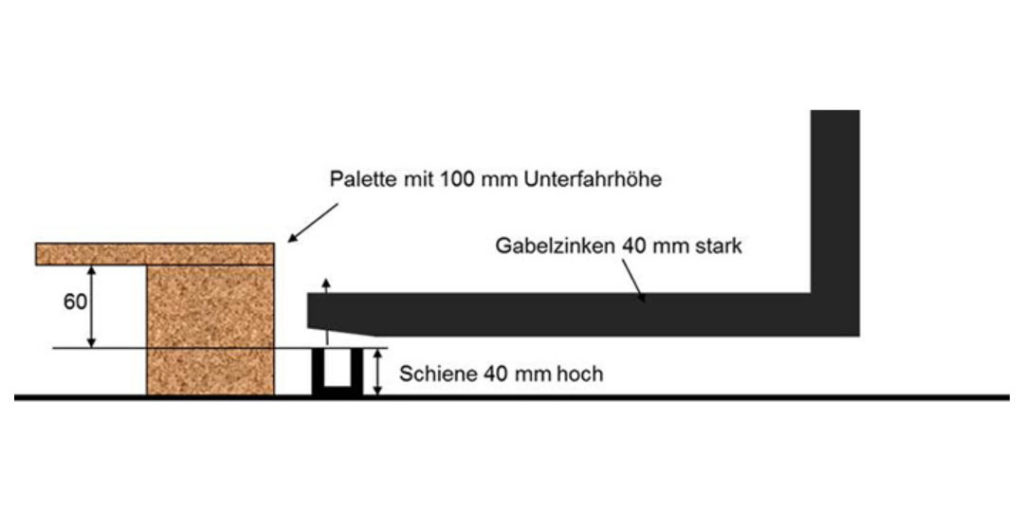Handling
Drive Motor & Lift Controls

Efficient load handling
Storage and retrieval operations are considered to be efficient when providing a high level of throughput with a minimum amount of energy consumption. The EK-Series advantage is apparent when comparing these factors. Modern ~AC motor control technology, unrestricted hydraulic flow, energy recovery features, and engineering specified weight reduction combine to give the EK models an exceptional performance grade.
~AC control configuration
The EK-Series offers the 5th generation ~AC motor controllers. These vehicles perform with exceptional acceleration, while obtaining travel and lift speeds up to 7.5 mph (12 km/h) / 110 fpm (0,56 m/s) respectively, all with a 40% energy reduction due to heat loss. These speeds are not independent of one another, diagonal travel enhances the throughput to compete with ASRS cycle times. All EK models, from the smallest EK 1100 to the heavy duty EK 2000 offer this low maintenance electronic advantage.
Variations of the ~AC controllers are offered as a cost savings on smaller vehicle models. The models EK 1100 up to EK 1300 offer a 48V ~AC version as well as an 80V version. This can reduce the initial battery investment while maintaining throughput duty cycles at the lower lift heights. Overall battery consumption is considered when designing your vehicle to provide sufficient duty cycles for extended shift operations, without the requirement to change batteries.
Optimizing the vehicle electronics to match the application requirement provides among other advantages an increased battery life, with longer shift operations on a single charge, a cost savings to the overall operation.
Weight reduction for energy efficiency
The EK turret forklifts transport and lift numerous tons of products daily. Every duty cycle for a man-up style turret truck also lifts the mast, cab, and load handler, weight that is not productive when considering energy consumption. Our patented mast – cabin – load handler construction reduces this weight, while strengthening the overall vehicle structure. This results in greater stability and the ability to provide additional duty cycles on the same battery charge.
Reliable and economical aisle guidance
Very narrow aisle vehicles are most effective when guided along the working aisle path. The operator concentrates on the task at hand without steering the vehicle, simply looking for the vertical and horizontal deposit or pick locations. Electronic wire or mechanical rail guidance have been around for decades and have a proven track record. The suited type of guidance system normally depends on the application.
The decision to implement mechanical or wire guidance may be cost driven or depend on the physical rack and aisle system attributes. Rail options available on the EK-Series broaden the scope of mechanical rail guidance control. When engineering a narrow aisle system, floor topology and make up may dictate rail guidance for greater system throughput (vehicle speeds). Standard rail systems require a 4 x 4 angle along each side of the aisle. Since the EK system automatically sets the steer wheel straight upon aisle entry and then monitors the wheel position, the rail height can be reduced. When utilizing a special diagonal guide roller (option) the rail height can be reduced to 1.5” (40 mm), this combination would allow pallets to be placed directly on the floor in a rail guided aisle. Additional solutions such as a single sided U channel rail (option) and moveable rack rail (option) have been provided.
Wire guidance (option) becomes a more cost effective solution with longer aisle lengths. Advantages include a smooth and clean floor and the ability to place pallets on the floor level. A frequency generator sends a low voltage signal through the wire embedded in the floor. The vehicle electronics pick up the signal and automatically steer the vehicle along the wire path.







